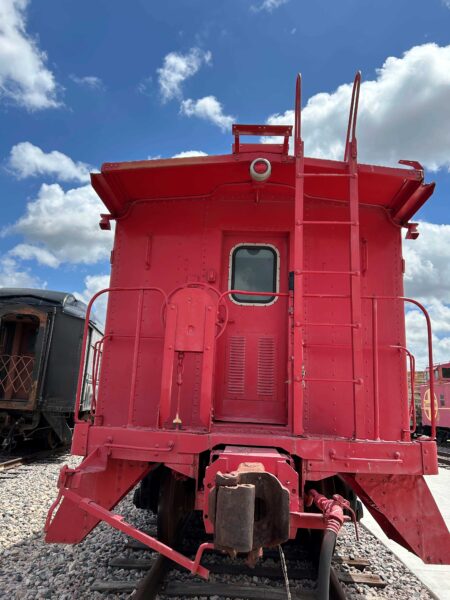
People come to see Rexy, the huge Tyrannosaurus Rex sculpture inside the Frisco Public Library. But have you noticed the multi-ton monsters behind the library? They are the engines and railcars that belong to the Museum of the American Railroad.
Museum of the American Railroad History
The 1963 State Fair of Texas served as the catalyst for the museum, with a modest exhibit showcasing an old steam engine and Pullman sleeping car. The collection expanded and became a staple of the State Fair until, in 1986, a permanent Museum of the American Railroad opened.
Most folks are used to visiting museums inside the confines of four walls. The behemoth exhibits for this museum reside outside … on tracks. Three acres at Fair Park were not enough to accommodate the museum’s growing inventory of rolling stock. In 2011, the Museum of the American Railroad accepted an offer from the City of Frisco for a 12.5-acre site and relocated north.
How to Visit the Museum of the American Railroad
The Museum of the American Railroad is a work in progress. The museum envisions a future with fabricated sheds to protect its collection from the punishing Texas sun, and more of its rolling stock refurbished. Today the museum’s inventory numbers over 70 pieces of steam, diesel, passenger, and freight equipment. All this rail stock is housed behind the Frisco Discovery Center on track in a fenced enclosure.
Because of safety and liability issues, no self-guided tours of the outdoor exhibit are allowed. Instead, guided tours are offered three times a day from Wednesday through Saturday. Tours are led by knowledgeable docents with a passion for railroad history. The outdoor tours involve walking about a mile, and closed-toe shoes are recommended. This is not a tour for little kids (children under eight). But if you are a train buff or interested in the history of rail, these tours and the docents are fantastic.
Museum Educational Outreach
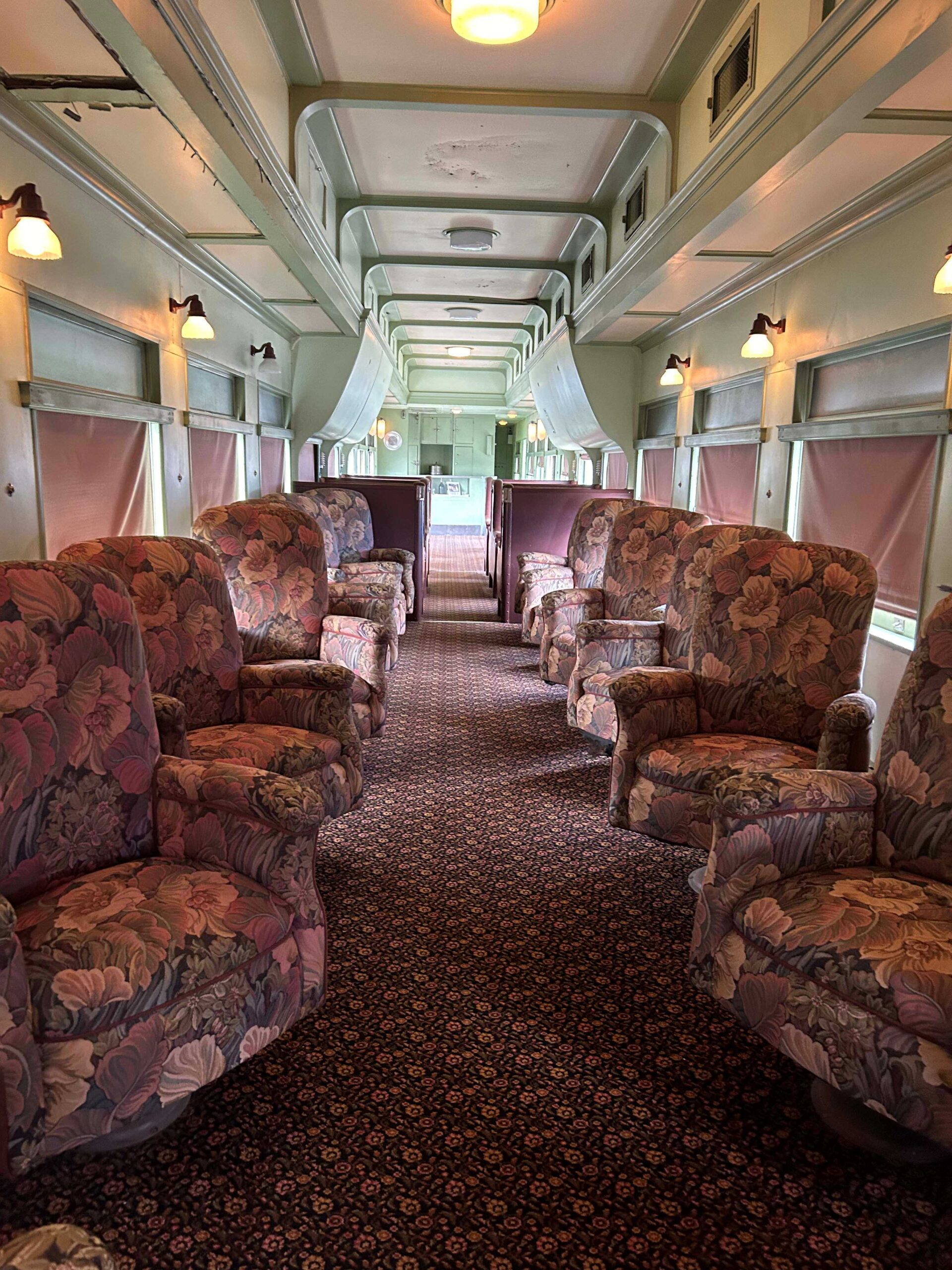
The museum publishes a guide of topics and offers instruction onboard some of its refurbished railcars. School and community groups can tailor a program to fit their needs. Through Collin College, I experienced one such program about Pullman and the Pullman Porters. It was a fascinating look at Pullman and the town created in Illinois for workers building the iconic railcars. Equally captivating were stories of the Pullman Porters and their impact on the civil rights movement of the 1960s. Learning history while sitting in an actual Pullman dining car was incredible!
TrainTopia
Train enthusiasts of all ages will enjoy TrainTopia. Located inside the Frisco Discovery Center, this model railroad will take you on a tour with life-like scenes of 1960’s downtown Dallas, Palo Duro canyon, and other Southwest areas.
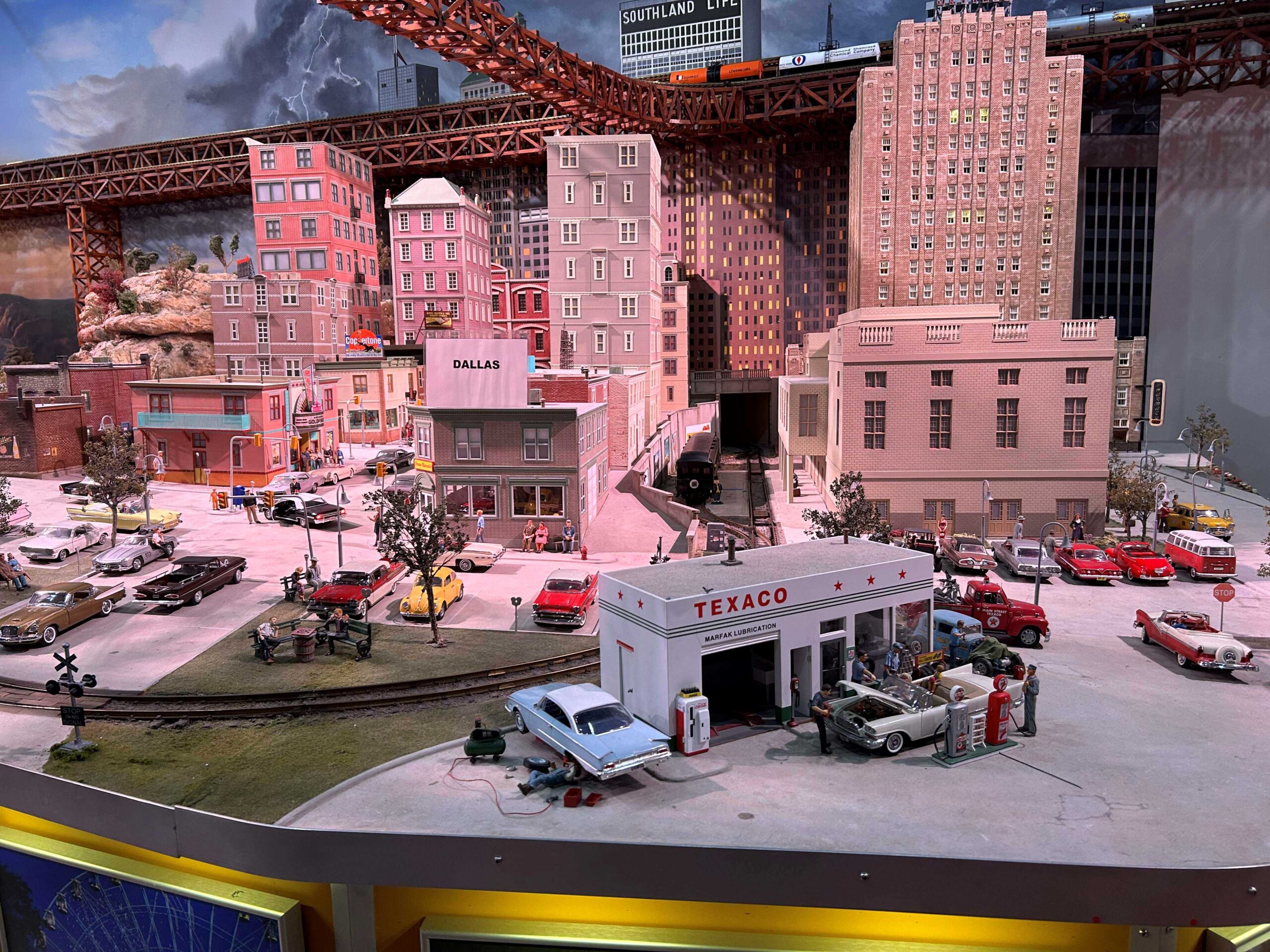
Hard to imagine, but Steve Sanders built this incredible working G-gauge miniature railroad in his garage! After Sanders died, the ensemble was donated to the museum. With a large donation, the Museum of the American Railroad moved the model train display in its entirety to its permanent location at the Discovery Center.
Be sure to grab a clipboard and see if you can find all the items on your scavenger hunt. This version of I Spy is a great hit with the youngsters. See who can be first to find the ‘the men playing checkers’ or ‘the 2 John Wayne posters.’ The detail and breadth of TrainTopia is phenomenal!
When You Go
The Museum of the American Railroad (8004 North Dallas Parkway, Frisco) conducts guided tours Wednesday through Saturday at 9am, 11am and 1pm. Reservations and tickets can be purchased online. TrainTopia model train exhibit is open Wednesday through Saturday 10am to 5pm and on Sundays 1-5pm. TrainTopia is located inside the Frisco Discovery Center and also serves as the meet up location for those taking the outdoor train tour. Tickets can be purchased for the guided outdoor train tour and TrainTopia individually, or the two experiences, outdoor and model railroad, can be purchased as a combination ticket. There are no dining facilities at the museum, however, multiple restaurants can be found nearby. Free parking is available in the Frisco Discovery Center lot.




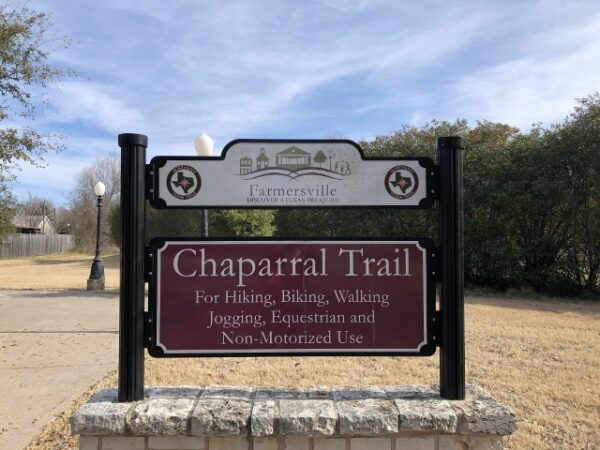
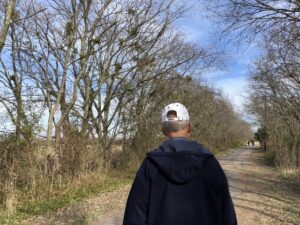
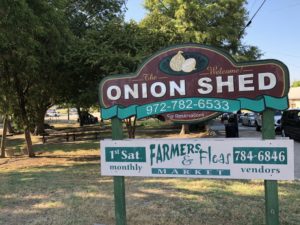
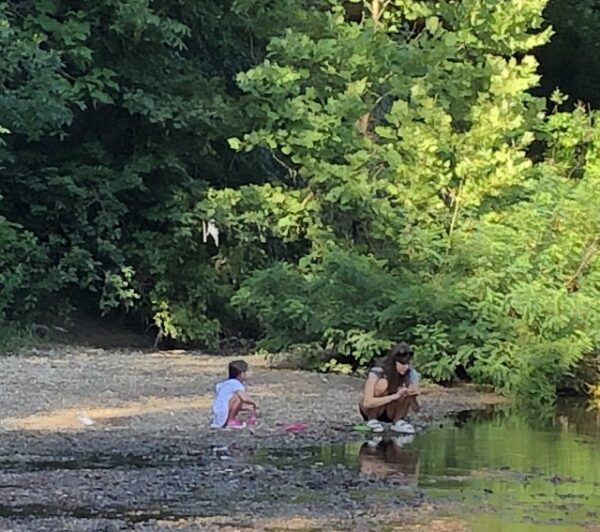
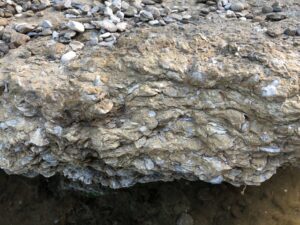

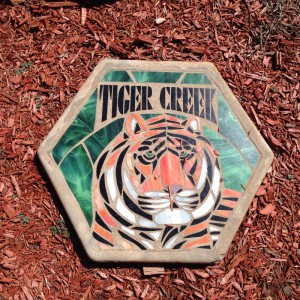 refuge spans 150 acres and houses over 40 big cats from tiger to bobcat. Several of the cats were victims of the exotic pet trade of the 1990s. Some cats were relocated when other refuges closed. And many of the cats have physical problems, like Babs. A bobcat, Babs is blind, most probably due to poor nutrition when he was kept as a pet.
refuge spans 150 acres and houses over 40 big cats from tiger to bobcat. Several of the cats were victims of the exotic pet trade of the 1990s. Some cats were relocated when other refuges closed. And many of the cats have physical problems, like Babs. A bobcat, Babs is blind, most probably due to poor nutrition when he was kept as a pet.